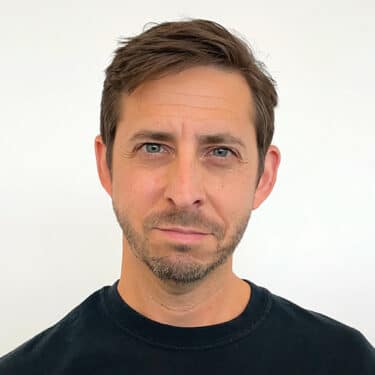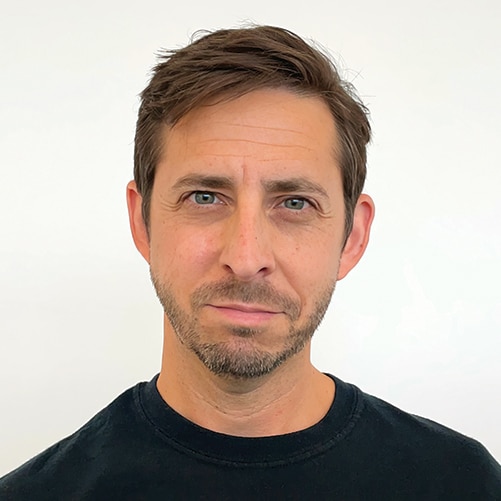
Fact checked by Derick Wilder
I am a history buff. So when I heard about the theme for this issue of Chicago Health, I sought out fellow history buff Edward B.J. Winslow, MD, associate professor of clinical medicine at Northwestern University’s Feinberg School of Medicine.
To be clear, when I call Winslow “buff,” I’m talking 1980s Schwarzenegger buff. (I’m more 1980s Anthony Michael Hall buff.) And Chicago medical history is where Winslow truly shines. We could have chatted for hours. But I had young kids to tend to and a deadline (to miss by a mile).
I was looking to understand why Chicago is such a great medical city. Today, we have approximately 108 hospitals and primary care facilities: 48 general hospitals, 31 community health and hospital systems, and 17 specialty hospitals, plus seven medical schools. Major pharmaceutical companies and medical associations call the city home. As a father, and arguably a hypochondriac as well, I see clear appeal in all of this.
But how did it happen?
Turns out, Chicago was a healthcare city before it was even a city. Its first medical school, aptly named the Medical School of Chicago, was chartered two days before Chicago received its city charter.
Was it because this growing metropolis was full of the terribly ill and a few thousand hypochondriacs? Not really. Simply put, population growth, in general, was a major driver. An increase in the population leads to a need for services. And healthcare is a necessary service.
As the years went on, Chicago attracted more and more of the best and brightest. Pharmaceutical companies founded here — like Abbott and Baxter — still hold court in Big Pharma. And speaking of medication, the very first Walgreens drugstore opened at Cottage Grove and Bowen Avenue in 1901.
Winslow showed me a presentation he created with a slide listing many of Chicago’s firsts. To name a few: Chicago physicians conducted the first breast cancer radiation treatment, were the first to describe and define sickle cell disease, and were among the first to perform open heart surgery. We had the first blood bank and trauma center. And The Journal of the American Medical Association was founded here by Nathan Smith Davis, MD. As one of the early major American medical journals, its initial issues featured Chicago-based story submissions, which gave the city medical bona fides. Davis would also go on to be instrumental in the Chicago Medical Society and to help found the Chicago Medical College, which would become Northwestern University’s medical school.
But it wasn’t all good. By 1910, there were 15 medical schools in Chicago. The Flexner Report, authored by educator Abraham Flexner, found that these schools were among the worst in the country, Winslow says. To quote Flexner: “The City of Chicago is in respect to medical education, the plague spot of the country.” He cited a range of issues: buildings in “wretched” condition, a lack of teaching resources, limited instruction hours, and schools being owned by their deans.
Things have certainly changed since then, when life expectancy was 49 years. Today, you’ll find several of Chicago’s med schools ranked among the best in the country.
It’s fun looking back — and also imagining what other medical firsts are happening here today. As the Danish philosopher Søren Kierkegaard said, “Life can only be understood backwards; but it must be lived forwards.” If you ask me, Chicago excels at healthcare because we take care of our own.
Originally published in the Spring/Summer 2024 print issue.

David Himmel is a Peter Lisagor Award winner and the former editor-in-chief of Chicago Health. He lives in Old Irving Park.













